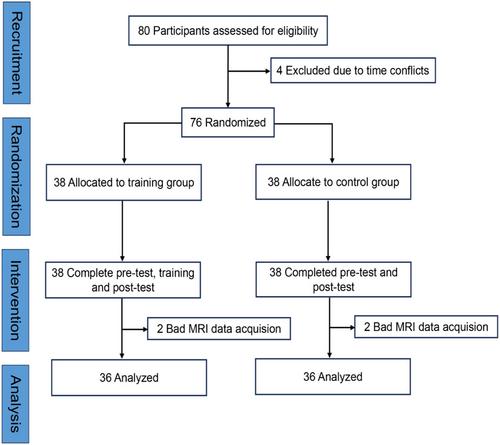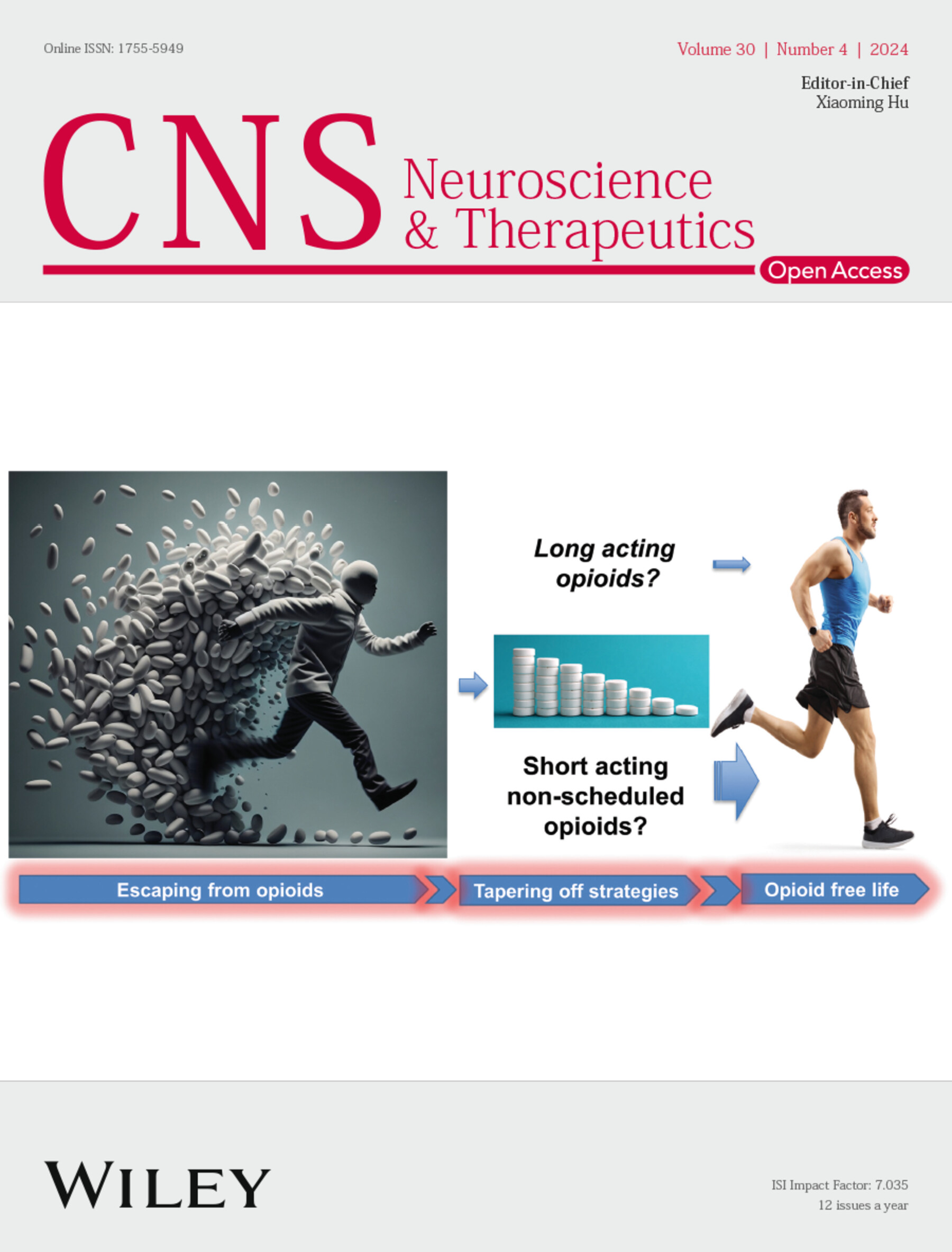Neural Plasticity Induced by Working Memory Training: Insights From Cortical Microstructure and Transcriptional Profiles
Abstract
Aims
To investigate the effects of an 8-week standardized computerized working memory training (WMT) program on cortical microstructure, morphometric similarity network (MSN) changes, and associated genetic factors in healthy adults.
Methods
A total of 76 participants were divided into WMT and control groups. Cortical morphological measurements, including cortical thickness (CT) and fractional dimensions (FD), were measured. MSN changes based on CT and FD measures were analyzed. Additionally, partial least squares (PLS) analysis was conducted to investigate the relationship between critical microstructural alterations and gene transcript expression levels.
Results
The WMT group exhibited reduced response times for updating, switching functions, and phonological loop tasks. The cortical morphological measurements revealed increases in CT in several right frontal regions, as well as FD in the frontopolar and middle frontal areas after WMT compared to baseline. Furthermore, significant decreases in MSN based on CT measures were found in specific occipital and intraparietal sulci. Similarly, the MSN of FD showed notable decreases in eigenvector and degree centrality in the left frontomarginal cortex and right middle temporal gyrus. PLS analysis revealed strong links between microstructural changes and gene expression, with PLS+ genes enriched in synaptic transmission, neural regulation, and energy metabolism, while PLS− genes were associated with intracellular transport, protein modification, and stress responses.
Conclusion
The findings highlight the subtle influences of WMT on brain structure and underlying biological processes, providing insights into its role in neural plasticity and suggesting potential genetic contributions to these structural changes.


 求助内容:
求助内容: 应助结果提醒方式:
应助结果提醒方式:


